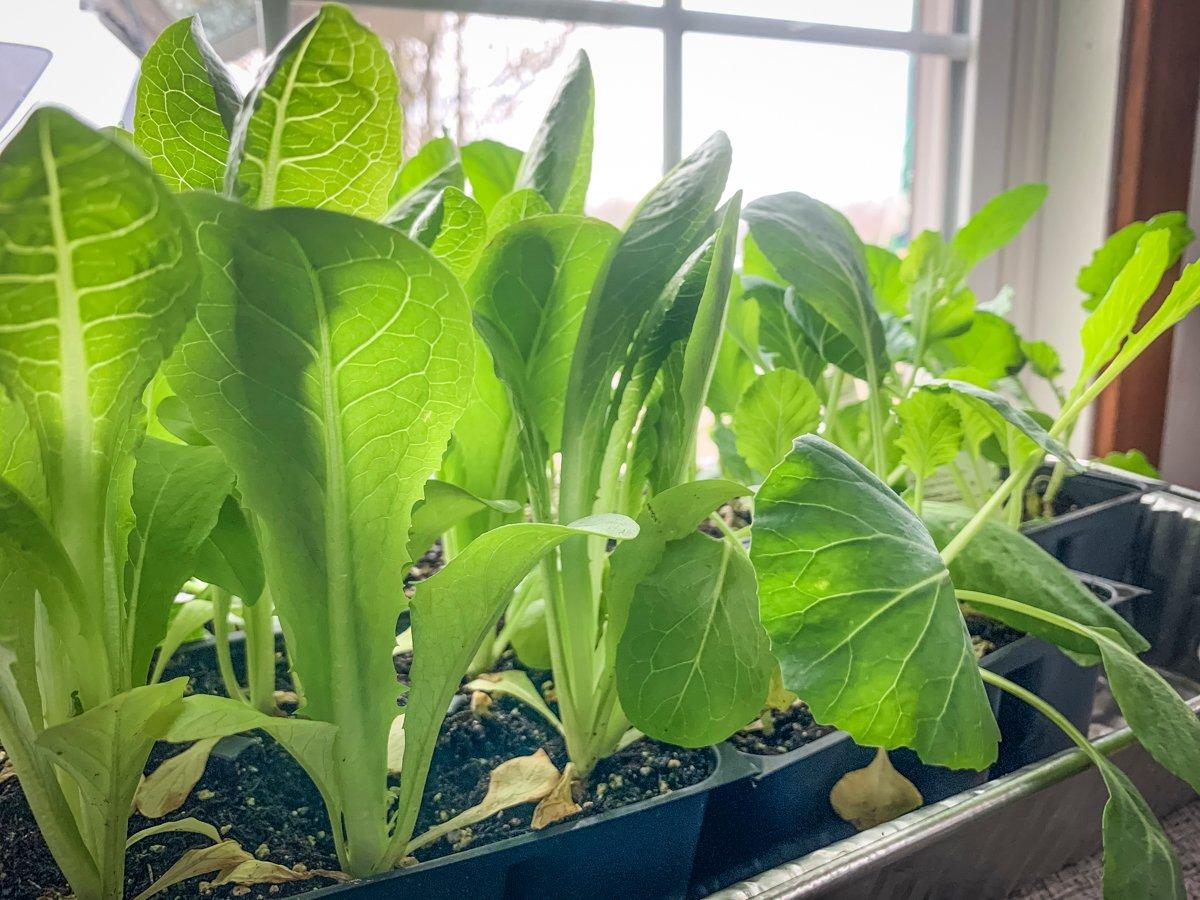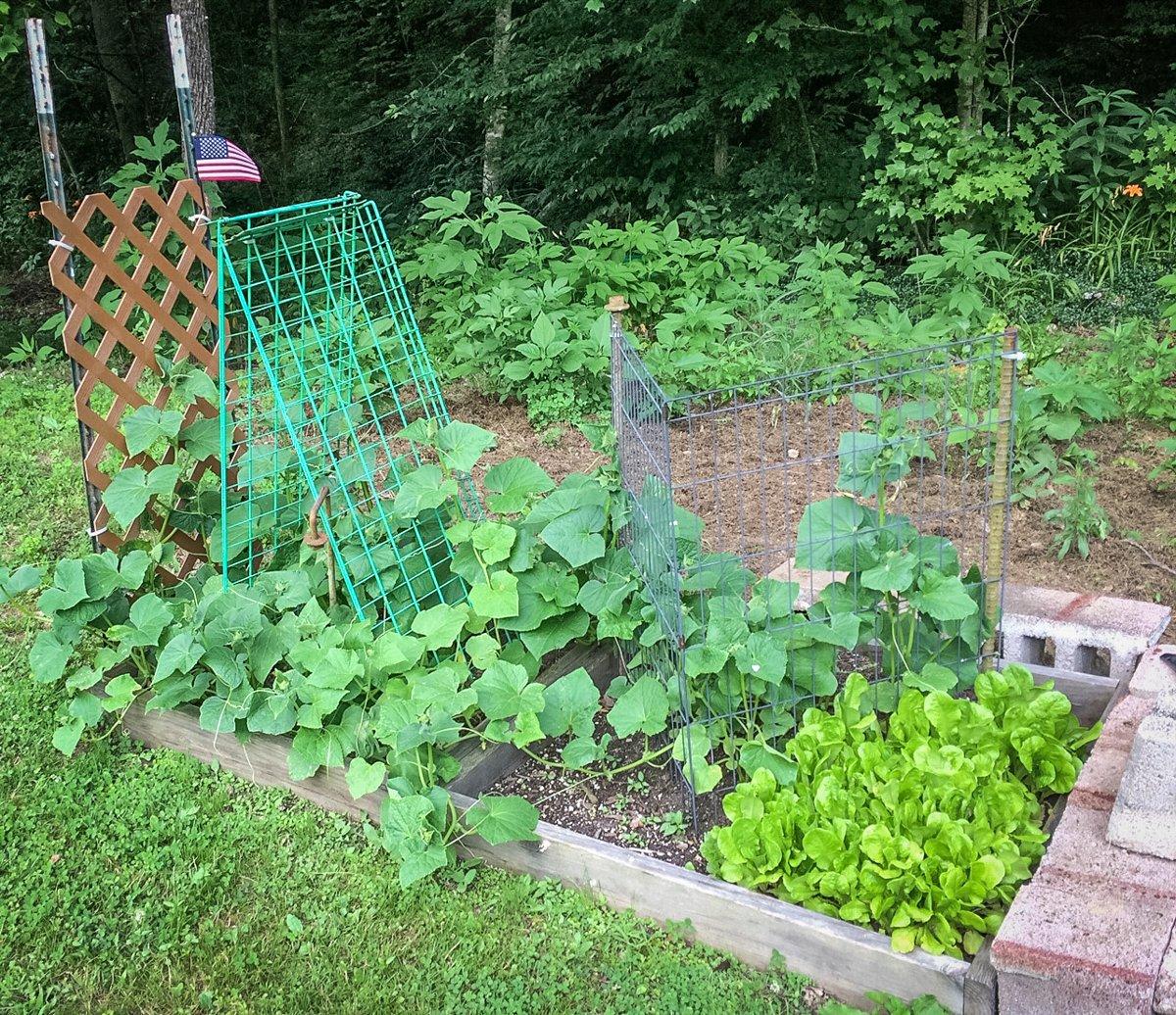Growing your own produce isn't hard, and it's the perfect way to ensure you and your family have fresh food to enjoy with your wild game all summer long
If we can see any type of silver lining in recent events, it's that everyone realizes just how important it is to supply as much of your own food as possible. Because most of us already hunt and fish, we're ahead of the curve. But there are other ways to stock your family's pantry, too. As much as we all love meat, it wouldn't hurt to eat a vegetable every now and then, too.
Fresh produce from a garden is the perfect complement to your wild game. A well-planned garden can supply plenty of produce throughout the growing season of spring through late fall, and extra produce can be frozen and canned for long-term storage to enjoy all winter.
Growing a garden doesn't have to be a massive undertaking, either. Don't have much space? Even a few pots or a raised bed or two can supply a surprising amount of fresh produce. Follow these tips to get the most from your vegetable garden.
Make a Plan
Before you start haphazardly plopping stuff in the ground, sit down and make a quick outline of your favorite vegetables and when they grow in your area. Not sure? Locate your local Cooperative Extension Office. The program, which has been around since 1914, was designed to address rural agriculture and liaise between state universities and local farmers.
Today, one of the Extension Service's chief jobs is to help local gardeners with any questions they might have. Need to know what vegetables grow in your location? They can tell you that. Have a pest problem with your squash plant? They can help with that, too. Need to know when the average latest frost in your area occurs? They've got you covered.
Besides the Extension Service, there are a great many good books full of gardening tips available. Check social media for garden clubs in your area, too. They can be a great way to keep tabs on what's growing where you live, and when.
To get the most production from a limited space, stagger your plantings depending on growing times and conditions. Early plants, like lettuce and other leafy greens, green onions, radishes and the like can be planted in cooler weather and will mature in time to harvest before you have to plant later vegetables like squash, corn and tomatoes in the same spot. In many parts of the country, you can extend the growing season by planting a second crop of cool-weather plants after the main summer garden is spent.
Tool Up
For the bulk of your garden chores, you'll need a good spade for turning soil, a pitch fork for loosening and crumbling the soil after it is turned, and a garden hoe for chopping weeds. Gardeners with more ground might want to invest in a good gas-powered garden tiller. A front-tined model is lighter, less expensive and easier to maneuver, but a larger, rear-tined model will dig deeper and till a larger area. Since tillers are really only necessary for initially working the soil, check with tool rental shops to see if they have one available to rent for the short time you need it.
Round out your tool kit with a good pair of gardening gloves, a pair of good garden shears for trimming, a wide-brimmed hat to protect your face and neck from the sun and a soft foam pad to protect your knees.
Choose the Right Location
For most vegetables, a sunny, well-drained area is perfect for your garden spot. If you only have shady spots, you can still grow a few things like leafy greens, but sunny locations (i.e. at least 6 hours of sun per day) will produce the best yields.
Choose a level area to control erosion during heavy rains, and pick a high spot that has good soil drainage. Soil that never dries out invites disease and prevents plants from producing maximum yield.
If the soil in your area is either heavy clay or sand, enrich it with organic material like compost or aged manure. Adding rich topsoil is another great way to increase your garden's potential. Once you have chosen your spot, use a spade to remove a few soil samples from around the area. Include soil from the surface down to 6 to 8 inches. Mix the soil samples in a bucket or plastic tub, then take a small amount of it down to your extension office. They can test your soil and tell you exactly what type and how much fertilize to add for good fertility. The sample will also tell you the pH of your soil, and how to adjust it if needed.
Work the soil with a tiller to loosen it and allow your plant's roots plenty of room to grow. Now is a good time to add organic materials and work them into the soil.
Know What to Plant
When it comes to choosing your vegetables, the most important thing is to grow the ones your family enjoys. A bumper crop of cucumbers won't do you any good if no one in your house will eat them.
Check with local hardware or farm stores for vegetable seeds and plants that grow well in your area. They will probably have multiple varieties of the same plant, and can help tailor your choice depending on your needs. Want to can your own tomato sauce? Roma tomatoes are a great choice. If you prefer to slice fresh tomatoes for the table, choose a beefsteak or other popular hybrids.
Some vegetables, like tomatoes and peppers, are available as started plants to speed the process. Others, like squash, corn and beans, work best when planted from seed. If you have plenty of time and want to save on cost, try starting your own tomato or pepper seeds indoors about 4 to 6 weeks before you are ready to plant. Potting soil-filled cups in a sunny window is the perfect way to get a jump on warm weather. Just keep the soil lightly moist and rotate the plants daily to keep them straight, since they naturally bend toward the sun as they grow.
Maximize Your Space
You aren't limited to the square footage of ground available for your garden. Vegetables like vining cucumbers, pole beans, and certain squash plants send out long vines that will quickly sprawl out of control if left untamed. Provide a vertical trellis, like a section of fence or tripods of stout poles, for these plants to grow on, keeping them off the ground and in a compact area. Even tomatoes can be more closely planted when given a support system to keep them growing vertically instead of spreading low on the ground.
Some plants grow well when planted together. Pole beans will climb sweet-corn stalks for support. You can plant low, spreading plants like melons or pumpkins among more vertical plants like tomatoes. Just take care not to step on the vines while tending the taller plants.
Control Weeds and Pests
Weeds are the bane of a gardener's existence. Since spraying chemical weed killers is never a good idea in your vegetable garden, you're mostly limited to manual removal. This means pulling them by hand or chopping them with a grubbing hoe.
But far easier than removing weeds is preventing them in the first place. Using a ground cover like cardboard, old newspaper, mulch or gravel in the rows between your vegetables helps to prevent weed growth in the garden.
You can really put a stop to pesky weeds by working your ground well, then covering the entire area with a woven-cloth groundcover that's available at most hardware and garden stores. Cut small holes in the fabric to accommodate seedlings or slightly larger holes for planting seeds (between 3 and 4 inches). Choose cloth instead of the plastic variety, as it can trap moisture and cause mold and mildew problems.
When it comes to insect control, you can stay organic with products like oil sprays, sticky traps, insecticidal soaps or Bacillus thuringiensis (BT), a naturally occurring bacterium found in the soil. A step up from organic controls are garden-approved pesticides like Sevin dust and liquids, or pyrethroids and pyrethrins.
Whether you plant a full-blown garden, or just a few tomatoes in flowerpots on the back patio, every fruit and vegetable you grow is food that you have supplied for your family. The time and energy you invest in growing them from seed to maturity will make them taste better than any vegetable you have ever purchased from a grocery store.
Timber2Table wild game recipes here.













